The New Nordic Cuisine
![]() In North America, our conception of Nordic cuisine owes largely to IKEA and The Muppet Show’s Swedish Chef. But when chefs Claus Meyer and René Redzepi launched Noma in an old warehouse on Copenhagen’s waterfront in 2004, they not only opened a restaurant, they ushered in a veritable food revolution in Denmark and other parts of Scandinavia that’s become the talk of the culinary world. Ranked “World’s Best Restaurant” three years running, today Noma embodies and perpetuates the cuisine movement its founders are credited with pioneering: the “new Nordic” cuisine.
In North America, our conception of Nordic cuisine owes largely to IKEA and The Muppet Show’s Swedish Chef. But when chefs Claus Meyer and René Redzepi launched Noma in an old warehouse on Copenhagen’s waterfront in 2004, they not only opened a restaurant, they ushered in a veritable food revolution in Denmark and other parts of Scandinavia that’s become the talk of the culinary world. Ranked “World’s Best Restaurant” three years running, today Noma embodies and perpetuates the cuisine movement its founders are credited with pioneering: the “new Nordic” cuisine.
The New Nordic Cuisine:
Paradoxically Traditional
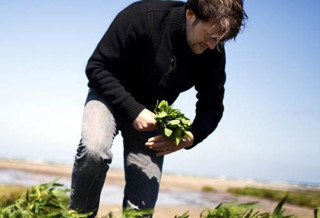
Somewhat paradoxically, “new Nordic” cuisine puts a heavy emphasis on tradition, and its practitioners employ its principles devoutly. Complete with its own manifesto calling for “purity, freshness, simplicity and ethics,” it focuses on seasonal Scandinavian ingredients like potatoes, fish, berries and even moss, prepared using traditional methods such as smoking, fermenting, pickling and curing.
Of course, the movement is perhaps most famous (or infamous, depending on your tastes) for its emphasis on foraging, a practice Redzepi has made famous at Noma. Striving to provide a sense of terroir in each dish, Redzepi personally scours the woods in search of gooseberries, wild plants and just about anything else he can find in the woods, up to—and sometimes including—insects.
Redzepi and his acolytes insist that the freshly foraged, hyper-fresh, ingredients provide each dish with a uniqueness born of that particular moment in time, distinguishing it not only from other dishes, but from the same dish made at different times.
If the high-concept conceit of the new Nordic craze sounds a little exotic, Redzepi insists it will enlighten more than it confounds.
“They had an experience they couldn’t get at home,” he wrote of Noma’s foreign diners in his 2010 book Noma: Time and Place in Nordic Cuisine. “Several have said it was like hearing a new language and being able to understand what was being said.”
The Warmth of a Good Hygge
With a deeply ingrained philosophy of warmth, inclusiveness and solidarity called hygge, the Danish are repeatedly rated the happiest people on Earth. On our Denmark Biking trip, you’ll quickly come to understand why.
DETAILED ITINERARYTry For Yourself: Surströmming
The new Nordic cuisine puts a modern twist on traditional Scandinavian ingredients and methods, and a premium on freshness. But for a traditional Scandinavian dish that won’t require foraging through the woods, try Surströmming.
Literally fermented herring, Surströmming originated, the story goes, when a ship returning with an abundance of herring ran low on salt, and the locals developed a taste for the spoiled result.
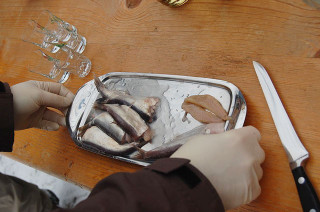
First you need strömming (herring), about 40 kg (88 lb) worth. The fish should not be too fatty. You also need a large quantity of coarse-grained salt—enough to make 20 litres (21 quarts) of salt-saturated water (brine). Finally, get yourself a large barrel—a 60-litre (15-gallon) plastic barrel will do. Make sure it has a lid equipped with a priming cock: a sort of ventilator or regulator to prevent the barrel from exploding when the fermentation process begins.
The brine concentration is critical. An approximate way to get the right brine concentration is to punch holes in the bottom of a bucket, fill it with the coarse salt, pour water in and allow the “saturated” brine to flow into the barrel. Or, use about half a cup of salt for every litre of water, so at least 10 cups in total. Gut the fish and take off the heads.
Day 1
Fill the 60-litre barrel one-third full with the brine. Put in the fish, and add more salt on top, just to be sure. Let it rest for a few hours. Then stir every third hour for the rest of the day.
Day 2
The brine should be much less salty because much of the dissolved salt should be in the fish by now. Skim off five litres of the brine (called “blood brine”), and keep it on hand. Sieve the fish and throw away the remaining brine. Make a new batch of brine, about half as salty. Fill the plastic barrel with about 15 litres (four gallons) of this new brine, and add the blood brine. Put the lid on and keep this mixture at 17 to 18 degrees Celsius. Use the ventilator to prevent it from exploding.
Day 60
The herring will be ready a couple of months later. It will smell very, very bad. Enjoy!
MORE FROM Europe + Denmark
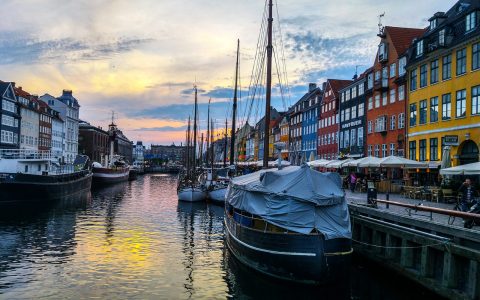
What We Love About Denmark
Denmark
What We’re Drinking:
Rioja’s Reds and Danish Akvavit
Denmark
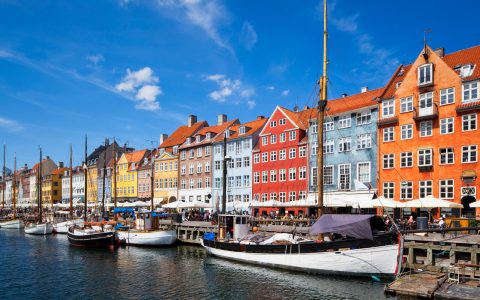
My Favourite Restaurants & Bars in Copenhagen
Denmark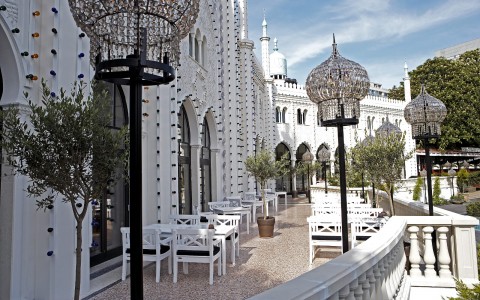
5 Cycling Trips Destined to Be Classics
Denmark
Things to Do in Copenhagen, The World’s Most Liveable City
Denmark

